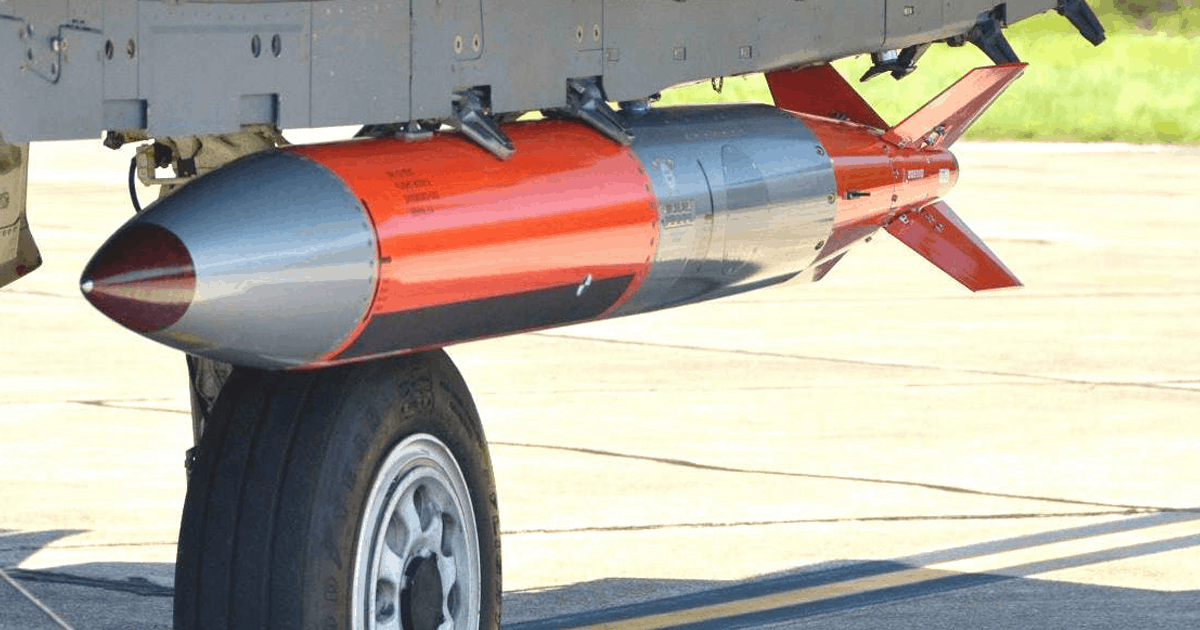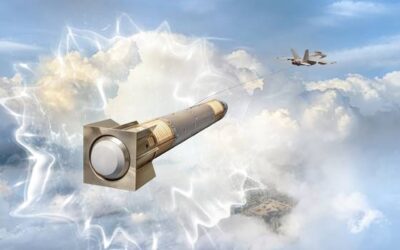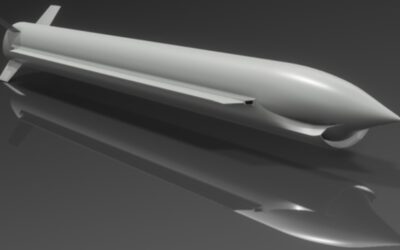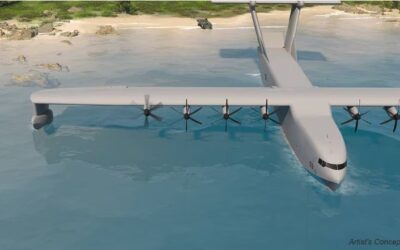BAE Systems has been selected by the US Navy to develop airborne Dual Band Decoy (DBD). According to the company…

The US Defence Department announced that the government is moving forward with developing a new version of the B61 nuclear gravity bomb.
The bomb, designated B61-13, would have a yield similar to the B61-7 and would replace legacy bombs such as the B61-7 and B83-1. The Pentagon said the decision to build this weapon was made to reflect the changing security environment in line with the 2022 Nuclear Posture Review.
That study showed that the military needed to modernize its nuclear capabilities to properly deter its two main nuclear-armed competitors, China and Russia.
According to Hans Kristensen, a nuclear weapons expert, the weapon system will incorporate the same warheads from the 1980s- and 1990s-era B61-7s, incorporated into the same kit as the B61-12, thus using the same modern security and accuracy features now incorporated into the B61-12.
Also read: SIPRI | Nuclear arsenals are growing again
The maximum yield of the B61-7, and by extension the new variant, is 360 kilotons, while the B61-12 has a maximum yield of 50 kilotons.
The Pentagon said the creation of this bomb will not lead to an overall increase in the size of the military’s stockpile. The United States plans to lower the number of B61-12s it will produce by as many B61-13s it builds.
Kristensen said that very few B61-13s are expected to be produced, on the order of a few dozen, doubting their creation, alongside the retirement of B61-7s, would lead to much, if any, decline in the number of gravity bombs in the United States’ arsenal, ranging between 400 and 500.
The Pentagon said in its announcement that modern aircraft would be able to carry this bomb. In a later statement, a Pentagon spokesperson said that the B-21 Raider stealth bomber will be included as a carrier, but the US does not plan to certify it on the F-35.
READ MORE
Germany and Norway | Kongsberg, Diehl and MBDA Deutschland to develop new supersonic strike missile
Norway’s Kongsberg Defence & Aerospace, alongside German companies Diehl Defence and MBDA Deutschland, have joined forces to develop…
DARPA | Design of heavy cargo transport seaplane by Aurora
Aurora Flight Sciences will continue designing an experimental transport heavy cargo seaplane for the US military.
BAE Systems | Development of next-generation airborne decoy countermeasure
BAE Systems has been selected by the US Navy to develop airborne Dual Band Decoy (DBD). According to the company…
SEKPY | The challenges of the domestic defence industry at DEFEA Conference 2024
The evolving geopolitical landscape and the complex challenges in the security sector, as well as the dynamics of the domestic defence…
DEFEA CONFERENCE 2024 | The greatest Defence Conference in Greece has been successfully concluded – Photos
The greatest International Defence Conference “DEFEA Conference 2024” has been concluded today with absolute success…
EU | 556 firefighters from 12 countries on the frontline across Europe
More than 500 firefighters from 12 countries will be on the frontline in key locations in Europe including Greece, France and…
Germany and Norway | Kongsberg, Diehl and MBDA Deutschland to develop new supersonic strike missile
Norway’s Kongsberg Defence & Aerospace, alongside German companies Diehl Defence and MBDA Deutschland, have joined forces to develop…
Ministry of Defence | Seminar on “Maritime Security Challenges in the European Union: The Case of the Eastern Mediterranean”
The Security and Defence Academy of the Ministry of Defence of the Republic of Cyprus and the French Institute for Advanced…




















